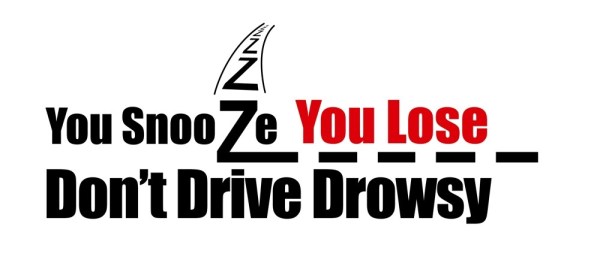 We have become accustomed to living a fast pace life. We are continually trying to keep up with the business of life. For example, we strive to make it to appointments on time, complete specific tasks to meet a deadline or manage parenthood with young and energetic children. As we continue to live up to the expectations of our responsibilities and schedules, we get fatigued. To compound the problem, we often don’t get the proper sleep we need.
We have become accustomed to living a fast pace life. We are continually trying to keep up with the business of life. For example, we strive to make it to appointments on time, complete specific tasks to meet a deadline or manage parenthood with young and energetic children. As we continue to live up to the expectations of our responsibilities and schedules, we get fatigued. To compound the problem, we often don’t get the proper sleep we need.
The National Highway Traffic Safety Administration’s latest study in 2107 concluded that 91,000 police-reported crashes involved drowsy drivers. Out of the 91,000, people were injured in 50,000 of those crashes, and 800 resulted with fatalities. They also reported accidents that involve drowsiness occurring more frequently between midnight and 6 am as well as in the afternoon. Why is that? Because the circadian rhythm is known as your internal clock that is a part of the hypothalamus. The internal clock cycles between sleepiness and alertness at regular intervals. Adults commonly experience these cycles during these times because between midnight and 6 a.m., a time period when we people normally sleep. We become drowsy in the afternoon because we want to rest or nap after lunch, so it signals our body to release melatonin; thus, we become sleepy.
It is a false statement to conclude that driving tired or sleepy is safer than driving drunk. For example, an individual might be the designated driver when spending a night out with friends. If he is tired from a long, busy, hectic day without proper sleep the night before, even without drinking alcohol with his friend, he could very well be impaired and an unsafe designated driver. The reason for that is because the result of either driving intoxicated or driving sleepy is the same- impaired cognition and performance.
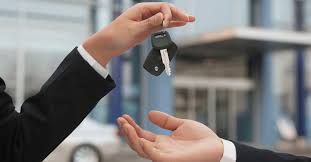 What is negligent entrustment of a vehicle?
What is negligent entrustment of a vehicle? Fort Worth Injury Attorney Blog
Fort Worth Injury Attorney Blog


 Most families enjoy the companionship of a dog. People enjoy the happiness and joy they bring to the family or to the individual. However, not all dogs are nice and playful to everyone who comes their way. Some dogs lash out and act aggressive towards children or other individuals in their area. The Centers for Disease Control and Prevention concluded around 885,000 Americans are bitten by a pet each year with injuries that require medical attention.
Most families enjoy the companionship of a dog. People enjoy the happiness and joy they bring to the family or to the individual. However, not all dogs are nice and playful to everyone who comes their way. Some dogs lash out and act aggressive towards children or other individuals in their area. The Centers for Disease Control and Prevention concluded around 885,000 Americans are bitten by a pet each year with injuries that require medical attention. 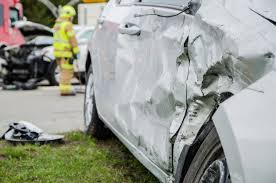 What is a sideswipe car accident?
What is a sideswipe car accident? One of the most enjoyable seasons is upon us. The fall season is the start of the busiest, festive time of the year. Along with the fun holiday times, the weather begins to change from hot, sunny days to cold, rainy days; thus, the weather has a great impact on driving conditions. As the seasons change, many drivers fail to take precautions to maneuver throughout the roads. Statistics show that there is a 15% increase in automobile accidents due to the weather change. It is important for drivers to take extra precautions to avoid an accident especially if it causes stress for an individual during the holiday time.
One of the most enjoyable seasons is upon us. The fall season is the start of the busiest, festive time of the year. Along with the fun holiday times, the weather begins to change from hot, sunny days to cold, rainy days; thus, the weather has a great impact on driving conditions. As the seasons change, many drivers fail to take precautions to maneuver throughout the roads. Statistics show that there is a 15% increase in automobile accidents due to the weather change. It is important for drivers to take extra precautions to avoid an accident especially if it causes stress for an individual during the holiday time. 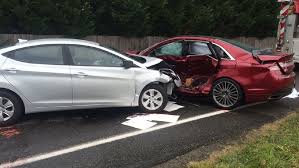 The National Transportation Highway Safety Administration has done research consisting of side impact collisions also most commonly known as T-bone collisions. They concluded about 13% of collisions in the United States involve a T-bone collision. Out of the 13%, 8,000 people are killed annually. These types of collisions are deadly because of the impact it has on the passengers. Since children sit in the back seat of a car, T-bone crashes are the deadliest for them.
The National Transportation Highway Safety Administration has done research consisting of side impact collisions also most commonly known as T-bone collisions. They concluded about 13% of collisions in the United States involve a T-bone collision. Out of the 13%, 8,000 people are killed annually. These types of collisions are deadly because of the impact it has on the passengers. Since children sit in the back seat of a car, T-bone crashes are the deadliest for them.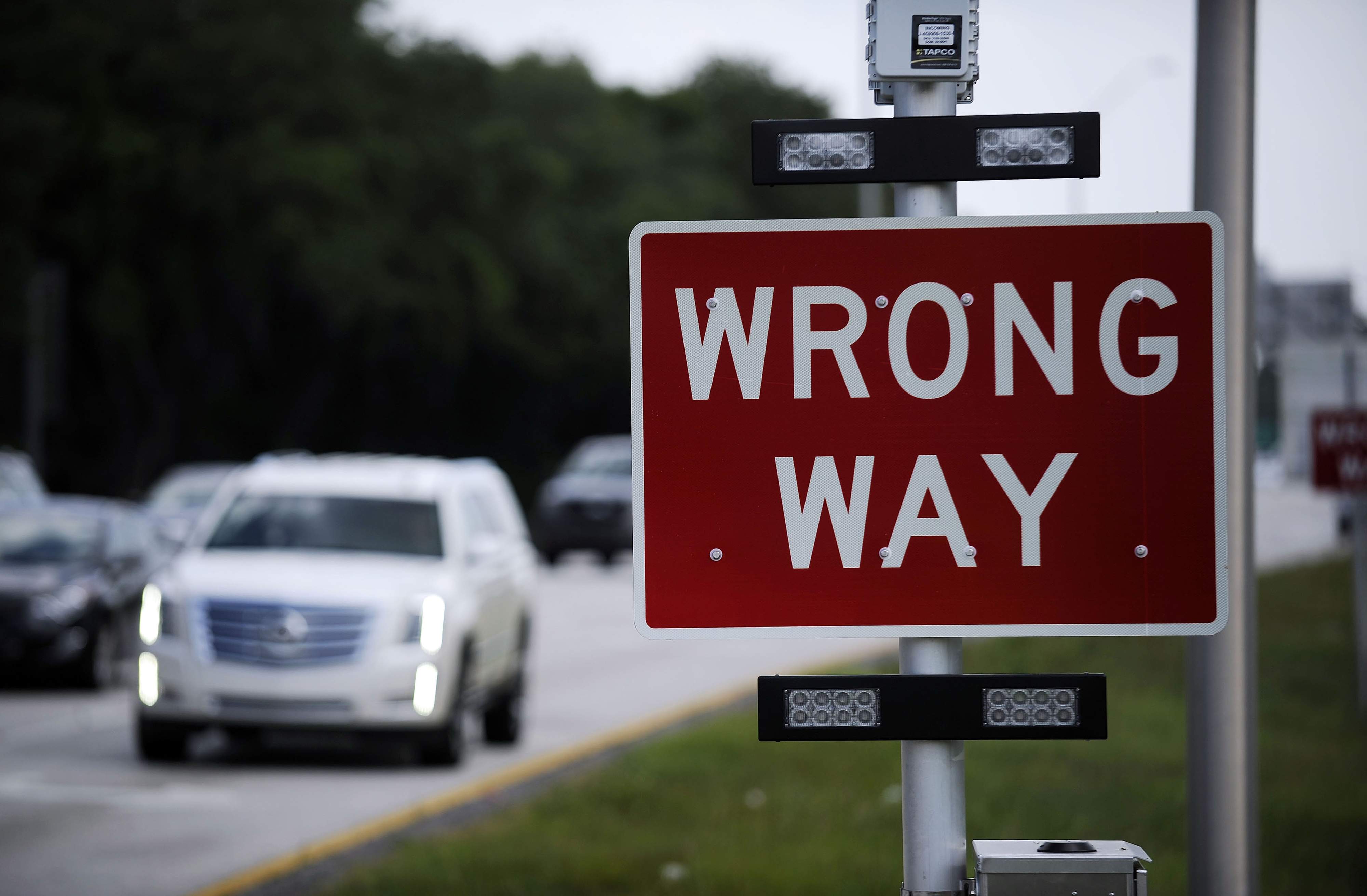 In early August, the CBS news channel reported a car accident caused by a wrong way driver. The accident happened in the middle of the night near the Ridgmar Mall in Fort Worth, Texas. The police reported showed the driver was driving east on a westbound lane when he struck a van head-on. This collision led a semi-truck to hit the negligent driver’s vehicle. At the time of the accident, the police believed the negligent driver was intoxicated. Furthermore, it was reported by new reporters that individuals in the van suffered severe injuries; thankfully, none of the injuries were life-threatening.
In early August, the CBS news channel reported a car accident caused by a wrong way driver. The accident happened in the middle of the night near the Ridgmar Mall in Fort Worth, Texas. The police reported showed the driver was driving east on a westbound lane when he struck a van head-on. This collision led a semi-truck to hit the negligent driver’s vehicle. At the time of the accident, the police believed the negligent driver was intoxicated. Furthermore, it was reported by new reporters that individuals in the van suffered severe injuries; thankfully, none of the injuries were life-threatening. Pedestrian/auto accidents are frequent among auto accident cases. Some of the most common areas for these accidents are in residential neighborhoods, parking lots, and crosswalks. These are also one of the most dangerous accidents to occur because the pedestrian will feel the full impact of force considering they are not in a vehicle to protect them from some of the impact. The Centers for Disease Control and Prevention stated in 2016, 5,987 people were killed in traffic pedestrian/auto accidents. This averages out to every 1.5 hours a crash-related pedestrian/auto accident will occur. Unfortunately, both Dallas and Fort Worth has many of these accidents due to high traffic flow in heavily travelled areas. In downtown Fort Worth earlier this summer, a trolley bus hit two pedestrians. The trolley turned left at a green light when the vehicle hit two pedestrians while crossing at an intersection’s crosswalk late in the evening. There was another incident in Dallas two days after Christmas, December 2017, when a DART bus turning at an intersection struck, ran over, and killed a pedestrian.
Pedestrian/auto accidents are frequent among auto accident cases. Some of the most common areas for these accidents are in residential neighborhoods, parking lots, and crosswalks. These are also one of the most dangerous accidents to occur because the pedestrian will feel the full impact of force considering they are not in a vehicle to protect them from some of the impact. The Centers for Disease Control and Prevention stated in 2016, 5,987 people were killed in traffic pedestrian/auto accidents. This averages out to every 1.5 hours a crash-related pedestrian/auto accident will occur. Unfortunately, both Dallas and Fort Worth has many of these accidents due to high traffic flow in heavily travelled areas. In downtown Fort Worth earlier this summer, a trolley bus hit two pedestrians. The trolley turned left at a green light when the vehicle hit two pedestrians while crossing at an intersection’s crosswalk late in the evening. There was another incident in Dallas two days after Christmas, December 2017, when a DART bus turning at an intersection struck, ran over, and killed a pedestrian.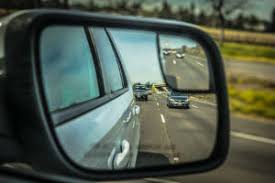 One of the helpful tips we learn about in driver’s education is to check for blind spots and how to avoid them. Sometimes it’s a risk we ignore while driving until we nearly collide with another vehicle. Some of the most common blind spot accidents involve the driver not checking their surroundings before merging onto another lane and not adjusting their mirrors to see the blind spot as much as possible. We’ll discuss some ways on how to avoid an accident due to blind spots.
One of the helpful tips we learn about in driver’s education is to check for blind spots and how to avoid them. Sometimes it’s a risk we ignore while driving until we nearly collide with another vehicle. Some of the most common blind spot accidents involve the driver not checking their surroundings before merging onto another lane and not adjusting their mirrors to see the blind spot as much as possible. We’ll discuss some ways on how to avoid an accident due to blind spots. We have become accustomed to living a fast pace life. We are continually trying to keep up with the business of life. For example, we strive to make it to appointments on time, complete specific tasks to meet a deadline or manage parenthood with young and energetic children. As we continue to live up to the expectations of our responsibilities and schedules, we get fatigued. To compound the problem, we often don’t get the proper sleep we need.
We have become accustomed to living a fast pace life. We are continually trying to keep up with the business of life. For example, we strive to make it to appointments on time, complete specific tasks to meet a deadline or manage parenthood with young and energetic children. As we continue to live up to the expectations of our responsibilities and schedules, we get fatigued. To compound the problem, we often don’t get the proper sleep we need. 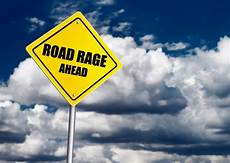 Why does road rage contribute to auto accidents?
Why does road rage contribute to auto accidents?